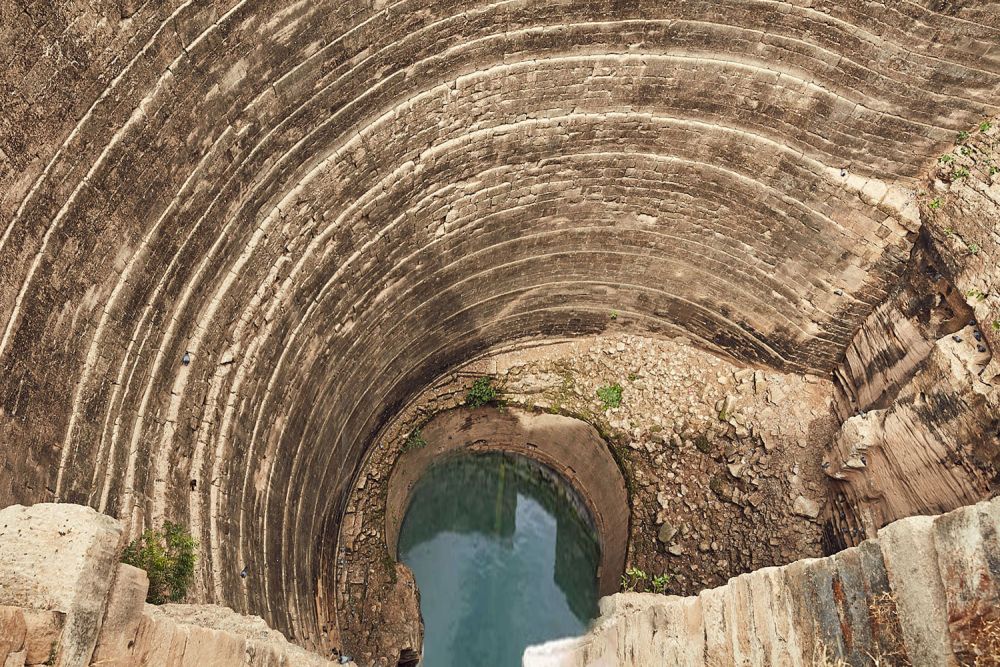

Junagadh, an ancient and fortified city nestled in the state of Gujarat, India, is home to numerous historical monuments that reflect its rich cultural heritage. Among these, the Adi-Kadi Vav and Navghan Kuwo hold a special place in the tourism history of the region, attracting travelers interested in archaeology, history, and architecture.
Adi-Kadi Vav, a stepwell constructed during the 15th century, is named after two slave girls, Adi and Kadi, who, according to legend, were involved in its construction. Despite the lack of historical evidence to confirm the tale, the legend persists and adds a mystical charm to the stepwell. Adi-Kadi Vav is renowned for its simplistic architecture devoid of the elaborate carvings that characterize many Indian stepwells. Its practical design focuses on functionality, with steps leading down to the water source. This utilitarian aspect has made it a key focus for historical tourism, showcasing the engineering skills of the past.
Navghan Kuwo, another well of significant historical importance, dates back over a thousand years to the Solanki period. Unlike Adi-Kadi Vav, the Navghan Kuwo was hewn from the rocky surface, creating a deep well with a spiral staircase around its circumference. This impressive feat of engineering is a testament to the skills of ancient Indian laborers and engineers. The well is named after Ra'Navghan I, a Chudasama king, and like the Adi-Kadi Vav, it served as an essential water source for the fortress of Uparkot where it is located.
Junagadh's emergence as a tourism hub can be traced back to the time when it was an important center of the Mughal Empire in India, further developing under British rule. This led to Junagadh being dotted with historical monuments, which have become popular with tourists over time. However, it was not until India's independence, and subsequent state-led efforts to promote tourism, that sites like Adi-Kadi Vav and Navghan Kuwo began receiving the recognition they deserve.
In recent years, there has been a growing trend towards sustainable and responsible tourism. Visitors are increasingly interested in exploring off-the-beaten-path destinations, and Junagadh, with its relatively lesser-known historical sites, is perfectly aligned with this trend. Efforts have been made to preserve the authenticity of sites like Adi-Kadi Vav and Navghan Kuwo while making them accessible to tourists. Informational plaques and guided tours have been introduced, providing visitors with insights into the historical significance of these ancient water structures.
Technology has also transformed the tourism landscape, with virtual tours and augmented reality applications enabling people to explore these historical sites from the comfort of their homes. However, there's a growing appreciation for the tactile and immersive experience that only a physical visit can provide, leading to a balance between technology-enhanced tourism and traditional site visits.
Today, the Adi-Kadi Vav and Navghan Kuwo serve as poignant reminders of Junagadh's illustrious past. They attract historians, archaeologists, and tourists from all over the world who come to marvel at the historical ingenuity of water conservation in ancient India. As tourism continues to evolve, the stories and structures of Adi-Kadi Vav and Navghan Kuwo shall remain an integral part of Junagadh's living history.